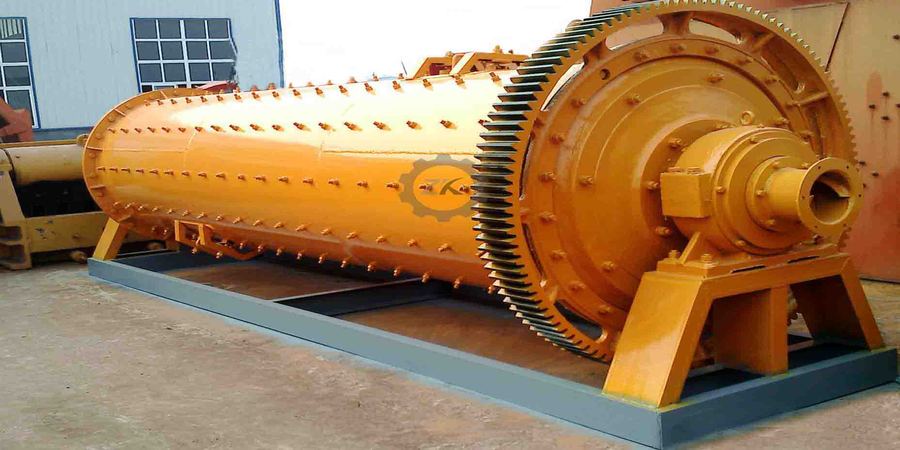The use of ball mills for wet grinding of various materials is a very common and efficient process. Ball mills are used to grind raw materials, ores and minerals (like lime or limestone) for flue desulphurization, coal and several other raw materials.
Ball mills can be of two types, based on the different ways materials are discharged. These are:
— The Overfall type, and;
— The Grate type
They are suitable for not just wet grinding but dry grinding as well. Wet mills are designed as overflow mills and they are often operated in closed or open grinding circuits.
Description
A ball mill is made up of a cylindrical shell which is hollow and rotates around its axis. The shell’s axis could be horizontal or could be positioned at a small angle to the horizontal. A part of it is filled with balls. What makes the grinding possible are these balls.
The balls are often made from different materials like ceramic, steel, rubber or stainless steel. There is usually a material lining the inner surface of the cylindrical shell which is resistant to abrasion. This material is usually rubber or manganese steel. The mills lined with rubber tend to experience the least wear and tear. The diameter of the mill is about the same as its length.
How it works
A ball mill hardly ever stops working. What is meant to be grounded is fed into the mill from the left through a 60° cone and the product is released from the right through a 30° cone. The rotation of the shell lifts up of the balls on the side of the shell. These keep rising before they drop down to the feed from around the top of the shell. Through this process, the large solid particles between the ground and the balls have their sizes reduced drastically by repeated impacts.
Application of Ball Mills
The ball mill is used to grind different materials such as feldspar for pottery. There are two methods of grinding: the dry and wet grinding. However, in this post, our focus is on wet grinding alone, which is usually performed at low speeds.
Ball mills are used in pyrotechnics, except in the manufacture of flash powder because of its sensitivity to impact. Ball mills of high quality can grind materials to as small as 5 nanometers, but they are quite expensive.
The process of grinding is based on the critical speed principle which is understood as the speed after the steel balls begin to rotate in the direction of the cylindrical device. Ball milling has also proven to have a very high potential for increasing the reactivity of chemicals in the solid state and also effective in the production of amorphous materials.
Extensively, in the mechanical alloying process, ball mills are used in cold welding, the production of alloys from powder as well as for grinding. It does not matter the kind of material to be ground, whether wet or dry, the ball mill just gets the work done.
………………….
Author Bio:
Ravi Kumar is a mechanical engineer with over a decade of work experience in the manufacturing industry. He is a key member of the product architecture team at Chanderpur Group. He is always keen to to study and try out new technologies.





